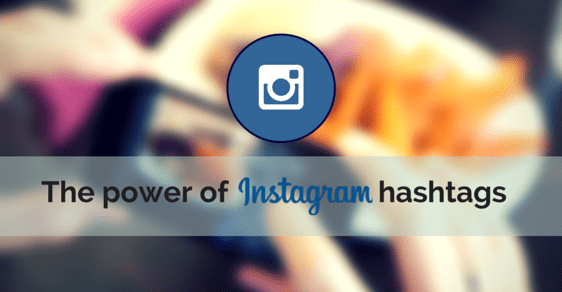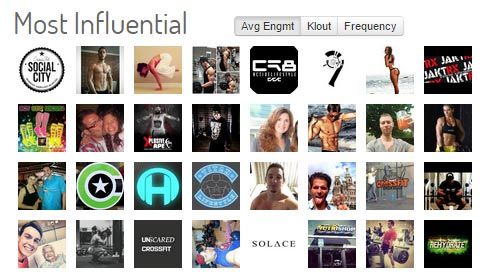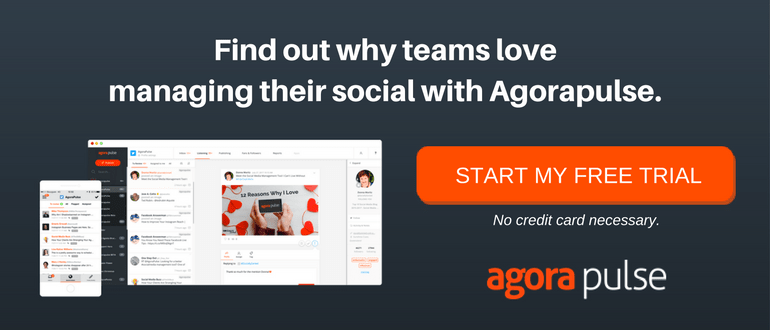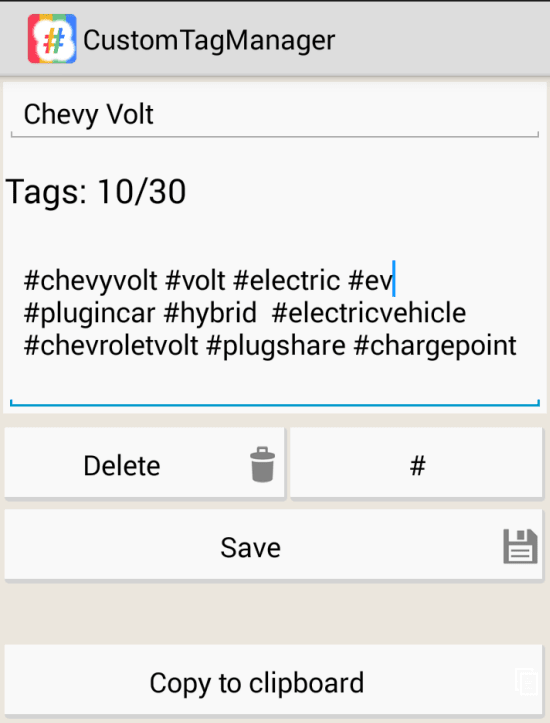Using popular Instagram hashtags can boost your performance on that social channel—but only when they’re used correctly. Let’s take a quick look at five important considerations you must factor in your Instagram hashtag strategy.
1. Decide what “popular” means for your Instagram hashtag strategy
When you think of popular hashtags, are you thinking “hottest hashtags on Instagram right now” or “hottest hashtags in my target demographic on Instagram right now?” Consider the latter description for more qualified engagement with your posts.
If you’re a non-GMO, gluten-free bakery, for example, you could do the former and post away with hot-in-general hashtags like #food (176+ million posts) or #delicious (33+ million posts). These hashtags attract Instagram followers who want delicious food. Period. They have no noted interest in seeking out non-GMO food or baked goods made without gluten. Taking this approach would put you in the “too broad” category of my trusty Instagram Hashtag Matrix (seen below).
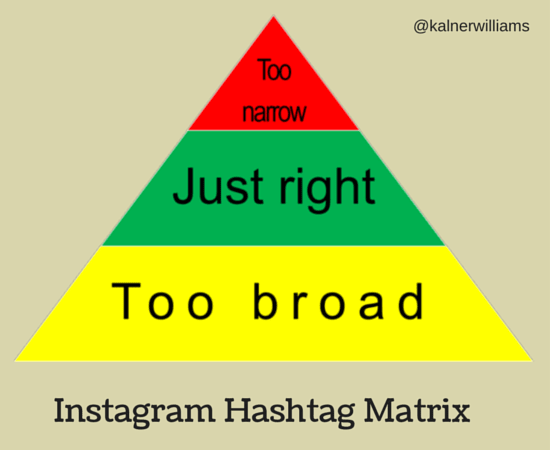
Instead, consider the elements of your “special something” that your target audience might be looking for. Use a hashtag for each element you come up with. Try #nonGMO (352,000+ posts) and #glutenfree (5+ million posts) in the example of the bakery. That will keep you in the “Just Right” sphere.
2. See what hashtags your Instagram influencers use
If you feel hashtag challenged, get inspired by what influencers in your space are already using. For example, I did CrossFit in 2008 for maybe two months in that dark, pre-Instagram era. If I want to work with a CrossFit client, I better get up to speed on what hashtags are used in this space.
So I go to Keyhole. I type in CrossFit and get a list of the most influential CrossFitters on Instagram.
I click on these folks and learn what CrossFit leaders use to get seen by other CrossFitters on Instagram. You can do the same with leaders in your market. Make note of common tags you see influencers using and start using them in your own posts.
3. Monitor which Instagram hashtags get you the most interactions
After you’re up and running with hashtagged Instagram posts, assess which tags are bringing you the most interactions (likes and comments). Agorapulse does a great job of this in its “reports” feature. Hook up your Instagram account and you’ll see which of your hashtags are encouraging Instagram followers to take action. (Try Agorapulse’s 30-day free trial if you’re not yet a subscriber.)
This data will better inform you as to which hashtags you should use (or shouldn’t use) going forward.
4. Keep a mobile list of your top Instagram hashtags
You’ll soon notice that a handful of tags do consistently well for you. Use a tool like TAGstagram to keep them together in one place. If you run a car dealership and want to promote the plug-in hybrid car Chevy Volt, you can create a custom tag collection with your best performing Instagram hashtags about this vehicle. Simply copy and paste them each time you post to Instagram about the Volt.
5. Determine whether “tag for likes” is a sustainable approach to marketing on Instagram.
A lot of hashtag tools bill themselves as “tags for likes,” whereby they give you hashtags that will bring you the most post likes. Admittedly, I’m showing you a bit of this, too. But I also want you to think beyond the post like for a second.
Do you notice that your rise in post likes has adequately corresponded to more Instagram followers? Or a rise in brand mentions? Or more clickthroughs on your bio URL? If you feel like your clients or teammates will ask you about these metrics (warning: they probably will), you’ll most likely have to go beyond using popular Instagram hashtags to achieve these objectives.
Sign up now for a FREE demo.
